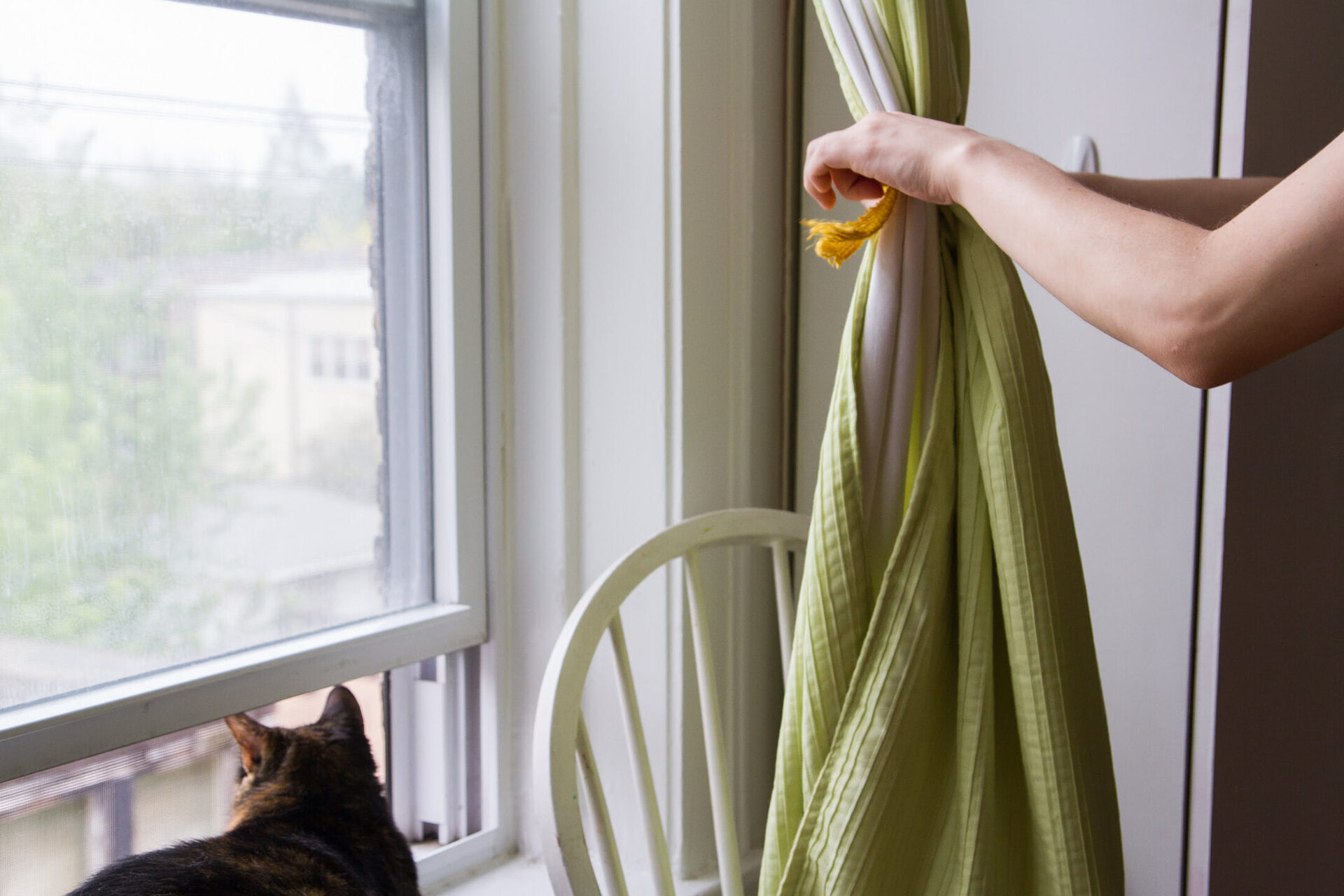

Articles
How To Tie Long Curtains
Modified: May 6, 2024
Learn how to tie long curtains with our informative articles. Discover helpful tips and techniques for creating beautiful and functional window treatments.
(Many of the links in this article redirect to a specific reviewed product. Your purchase of these products through affiliate links helps to generate commission for Storables.com, at no extra cost. Learn more)
Introduction
Welcome to the world of long curtains! If you have recently purchased or are planning to buy long curtains for your windows, congratulations! Long curtains not only add elegance and style to your space, but they also have practical benefits like blocking out light and providing privacy.
However, once you have chosen the perfect long curtains for your home, the next step is figuring out how to tie them. Tying long curtains not only helps to keep them neatly in place but also allows you to showcase their beauty and enhance the overall aesthetic of your room.
In this article, we will guide you through various methods of tying long curtains, from basic knots to more elaborate styles. Whether you prefer a casual, relaxed look or a more formal and polished appearance, we have got you covered.
Before we dive into the tying techniques, it’s important to choose the right curtains that suit your style and needs. Let’s explore the factors to consider when selecting long curtains.
Key Takeaways:
- Elevate your space with stylish long curtains by mastering various tying techniques, from basic knots to layered looks, and add functionality and elegance with curtain tiebacks and hooks.
- Choose the perfect curtains, measure for length, and prepare them for tying to achieve a polished and personalized window display that reflects your unique style and enhances your home decor.
Read more: How To Tie Back Curtains
Choosing the Right Curtains
When it comes to choosing the right curtains for your space, there are a few factors to consider. These include the fabric, color, pattern, and length. Let’s break down each of these elements:
Fabric: The fabric of your curtains plays a crucial role in both their functionality and appearance. Opt for fabrics that suit the purpose of the room. For example, if you want to keep out sunlight in a bedroom, choose a heavier fabric such as velvet or blackout curtains. If you prefer a more casual and breezy look for a living room, consider lightweight fabrics like linen or sheer curtains. Additionally, the fabric should be durable and easy to maintain.
Color: The color of your curtains can have a significant impact on the overall look and feel of the room. Choose a color that complements the existing color scheme or contrasts with it for a bold statement. Neutral colors like white, beige, or gray offer a timeless and versatile option, while bold colors or patterns can add a pop of personality and create a focal point.
Pattern: If you want to add visual interest to your space, consider curtains with patterns. From classic stripes and floral prints to contemporary geometric designs, there are endless options to choose from. Just make sure the pattern doesn’t overwhelm the room or clash with other patterns in the space.
Length: As we are focusing on long curtains in this article, it’s important to select the appropriate length. Measure your windows carefully to determine the desired length of the curtains. Long curtains are usually designed to reach the floor or slightly puddle on the ground to create an elegant and luxurious look. Take note of any furniture or radiators below the window to ensure the curtains won’t obstruct them.
Once you have chosen the perfect curtains that suit your style and requirements, it’s time to measure them to ensure a proper fit. Let’s move on to the next section where we discuss measuring for length.
Measuring for Length
Measuring your curtains correctly is crucial to ensure they fit your windows perfectly. Follow these steps to measure for the length:
- Start by measuring the height from the top of the curtain rod to the desired length of the curtains. If you want the curtains to touch the floor, measure from the top of the rod to the floor. If you prefer a slight puddling effect, add a few extra inches to the length measurement.
- Take note of any hardware on the curtain rod, such as decorative finials or rings, as these may affect the final length of your curtains.
- If you have a window sill, consider whether you want the curtains to hang above, below, or touch the sill. Measure accordingly to achieve your desired look.
- For a more formal and dressed appearance, you can choose to extend the length of the curtains to the floor or even beyond. This creates a flowing and luxurious effect.
- Keep in mind the practicality of longer curtains. If you have furniture or radiators below the window, make sure the curtains do not obstruct them. Measure the distance between the window and any potential obstacles to determine the appropriate length.
Once you have measured for the length, you can proceed to prepare the curtains for tying. Let’s explore the next section to learn how to prepare your curtains for various tying techniques.
Preparing the Curtains
Before you begin tying your long curtains, it’s important to prepare them properly to ensure a neat and polished look. Here are some steps to follow:
- Start by ironing or steaming the curtains to remove any wrinkles or creases. This will give them a smooth and clean appearance.
- If your curtains have a lining, make sure it is properly attached and hanging straight. Adjust the lining if necessary.
- Check for any loose threads or frayed edges and trim them with scissors for a tidy finish.
- If your curtains have tiebacks or hooks, position them correctly according to your desired tying method. Make sure they are securely fastened to the wall or window frame.
- Take a moment to step back and assess the overall appearance of the curtains. Make any adjustments as needed to ensure they are hanging evenly and looking their best.
By taking these steps to properly prepare your curtains, you are setting the stage for successful and visually pleasing tying techniques. Now that your curtains are ready, let’s move on to the different methods of tying long curtains!
Basic Curtain Knot
The basic curtain knot is a simple yet effective way to tie long curtains. It provides a casual and relaxed look, perfect for spaces that embrace a more laid-back atmosphere. Follow these steps to create a basic curtain knot:
- Start by gathering a section of the curtain fabric in your hand. Typically, you will want to gather the fabric a few inches from the top.
- Allow the remaining length of the curtain to hang freely.
- Twist the gathered fabric a few times to create a loop. The number of twists will depend on the thickness and volume of the curtain fabric.
- Once you have twisted the fabric, create a knot by pulling the twisted section through the loop.
- Tighten the knot gently until it is secure, but not overly tight, as you want to maintain a relaxed appearance.
The basic curtain knot works well for curtains made of lighter fabrics, such as sheer or lightweight curtains. It adds a touch of charm and personality to your windows, while still allowing the curtains to hang gracefully. This knot is also easy to undo, which makes adjusting the length of the curtains a breeze.
Now that you know how to create a basic curtain knot, let’s explore more tying methods to achieve different looks and styles with your long curtains!
Read more: How To Tie Up Curtains
Full Curtain Tie
The full curtain tie is a classic and elegant way to showcase the beauty of your long curtains. This tying method creates a neat and polished look, perfect for formal spaces or when you want to add a touch of sophistication to your windows. Here’s how to achieve the full curtain tie:
- Gather the curtain fabric from both sides, approximately one-third of the way from the top. Make sure the gathered sections are symmetrical.
- Cross the two gathered sections over each other, creating an “X” shape.
- Take the right section of the gathered fabric and bring it underneath the left section, forming a loop.
- Pull the right section of the fabric through the loop, creating a knot. Be sure to tighten the knot securely but gently, ensuring the fabric is not overly bunched or strained.
- Adjust the length of the curtains by pulling on the gathered sections if needed. This will allow you to create a more tailored and precise look.
The full curtain tie is versatile and suitable for a wide range of curtain fabrics and styles. It adds a touch of elegance and refinement to your windows, making it a popular choice for formal living rooms, dining areas, or bedrooms. Pair this tying method with curtains in luxurious fabrics like velvet or silk for a truly sophisticated look.
Experiment with different materials and patterns to create a customized and stylish curtain tie that complements your decor. The full curtain tie is a timeless option that will never go out of style.
Now that you’ve mastered the full curtain tie, let’s explore another tying method to add variety and visual interest to your long curtains!
When tying long curtains, use a sturdy and decorative curtain tieback to hold them in place. This will add a stylish touch to your window treatment while keeping the curtains neatly gathered to the side.
Half Curtain Tie
The half curtain tie is a versatile and relaxed style that adds a touch of charm to your long curtains. This tying method is perfect for creating a casual and inviting look, especially in rooms with a more relaxed atmosphere. Here’s how to achieve the half curtain tie:
- Start by gathering the curtain fabric on one side, approximately halfway down the curtain length. Ensure the gathered section is neat and symmetrical.
- Hold the gathered section in place with one hand and use your free hand to create a loop with the fabric.
- Bring the loop over and across the gathered fabric, creating a simple knot.
- Tighten the knot gently until it is secure, but still loose enough to maintain a relaxed appearance.
- Allow the remaining length of the curtain to hang freely on the other side.
The half curtain tie is an excellent choice for curtains with a flowing and lightweight fabric, such as sheer curtains or lightweight linen. It adds a touch of whimsy to your windows while allowing the curtains to drape naturally. This tying method works well in rooms where you want to create an airy and informal ambiance, such as a beach-inspired living room or a cozy bedroom.
Feel free to adjust the tightness of the knot and the placement of the gathered section to achieve the desired look. You can also experiment with different colors and patterns to add a playful and personalized touch to your half-tied curtains.
Now that you know how to create a half curtain tie, let’s move on to the next section and discover how to tie curtain panels together for a unique and layered look!
Tying Curtain Panels Together
If you have multiple curtain panels on a single window or want to create a layered look, tying curtain panels together is a great way to add dimension and visual interest to your windows. Here’s how to achieve this stylish and sophisticated look:
- Start by gathering the curtain panels together at one end. Make sure the gathering is even and symmetrical.
- Hold the gathered sections in place with one hand and use your free hand to create a loose knot, making sure not to pull too tightly.
- Repeat this process at regular intervals, depending on the length of your window and the desired look. Typically, tying the curtain panels together every one-third or halfway down the length works well.
- Adjust the knots and the placement of the gathered sections to create an even and balanced appearance.
- Allow the remaining length of the curtain panels to hang freely, showcasing the layered effect.
Tying curtain panels together adds a touch of elegance and sophistication to your windows. It creates a visually pleasing and tailored look, especially when using curtains in different colors, patterns, or textures. This technique works well in rooms where you want to make a statement or add a touch of drama, such as a formal dining room or a luxurious living area.
Don’t be afraid to mix and match curtain panels to achieve a unique and personalized look. Experiment with different fabrics, styles, and lengths to create a one-of-a-kind combination that reflects your taste and complements your decor.
Now that you have learned how to tie curtain panels together, let’s move on to the next section and explore the layered curtain tie for a more intricate and visually striking look!
Layered Curtain Tie
The layered curtain tie is a beautiful and intricate tying method that adds depth and texture to your window treatments. This technique involves layering multiple curtains or fabric strips to create a visually stunning look. Follow these steps to achieve the layered curtain tie:
- Start by selecting two or more curtains or fabric strips of varying lengths and textures. Ensure that the colors or patterns complement each other.
- Hang the longest curtain or fabric strip first, positioning it at the desired length.
- Next, hang the second longest curtain or fabric strip behind the first, allowing it to cascade down slightly lower.
- Continue this process with the remaining curtains or fabric strips, layering them one behind the other, each at a slightly lower length.
- Once all the curtains or fabric strips are in place, gather them together at one end and secure them with a decorative tie, such as a ribbon or tassel.
The layered curtain tie creates a visually striking look that adds depth and visual interest to your windows. It works well in spaces where you want to create a luxurious and dramatic ambiance, such as a formal dining room or an elegant bedroom. This tying method allows you to play with different textures, lengths, and colors to create a unique and personalized window treatment.
Feel free to get creative and experiment with various fabric combinations and tie designs. You can also incorporate other elements like beads, feathers, or ornaments to further enhance the layered look. Let your imagination guide you as you create a stunning and memorable window display.
Congratulations! You have now learned several tying techniques for your long curtains. The next section will cover the use of curtain tiebacks and hooks to add functionality and style to your window treatments.
Read more: How To Make Tie Backs For Curtains
Curtain Tiebacks and Hooks
Curtain tiebacks and hooks are essential accessories that not only hold your long curtains in place but also add a touch of elegance and style to your window treatments. Here’s how you can use curtain tiebacks and hooks effectively:
Tiebacks: Curtain tiebacks are fabric bands or ropes that hold the curtain panels to the sides, allowing natural light to enter and framing the window beautifully. To use tiebacks:
- Start by positioning your curtains as desired.
- Take the tiebacks and hold them against the sides of the curtain panels, at your preferred height.
- Wrap the tiebacks around the curtains, crossing them at the front.
- Secure the tiebacks with a knot or a decorative accessory, such as a tassel or a buckle.
Tiebacks not only keep your curtains neatly in place but also allow you to easily adjust the amount of light and privacy in the room. They are especially useful when you want to showcase a beautiful view outside your window or let in more natural light during the day. Choose tiebacks that complement the style and color scheme of your curtains for a cohesive and polished look.
Hooks: Curtain hooks are small, decorative accessories that attach to the sides of the window frame or wall. They provide a secure and stylish way to hold back your curtains. To use hooks:
- Determine the placement of the hooks. They should be positioned at a height that allows the curtains to fall gracefully when held back.
- Attach the hooks to the sides of the window frame or wall, following the manufacturer’s instructions.
- Gather the curtain panel from one side and drape it over the hook.
- Repeat the process with the other side, ensuring that the curtain panels are evenly held back.
Curtain hooks not only serve a functional purpose but also add a decorative element to your window treatments. They come in a variety of styles and finishes, allowing you to choose ones that blend seamlessly with your curtain rods and overall decor.
By incorporating curtain tiebacks and hooks into your long curtain display, you can achieve a polished and sophisticated look while adding functionality to your window treatments.
Now that you are familiar with curtain tiebacks and hooks, it’s time to wrap up our guide to tying long curtains.
Conclusion
Congratulations! You have learned various methods of tying long curtains, allowing you to showcase their beauty and enhance the overall aesthetic of your space. From the basic curtain knot to the full curtain tie, half curtain tie, tying curtain panels together, and the layered curtain tie, each technique offers a unique and stylish way to elevate your window treatments.
Remember to choose the right curtains for your space, considering factors such as fabric, color, pattern, and length. Properly measuring for length and preparing the curtains before tying them is essential for achieving a neat and polished look.
Whether you prefer a casual and relaxed ambiance or a more formal and elegant atmosphere, there is a tying method that suits your style and needs. Curtain tiebacks and hooks can also be used to add functionality and style to your window treatments, allowing you to adjust the amount of light and privacy in your room.
Feel free to get creative and experiment with different fabric combinations, colors, and patterns to personalize your curtain ties. Let your curtains become a reflection of your unique taste and create a stunning visual impact in your home.
Now, armed with your newfound knowledge of tying long curtains, it’s time to put it into practice and transform your windows into stunning focal points. Enjoy the process and have fun experimenting with different styles and techniques!
Happy curtain tying!
Ready to spruce up every room with unique window dressings? Our detailed guide on curtain styles offers 30 creative ideas and practical tips, ensuring windows look their best. From cozy bedrooms to lively living rooms, discover how to refresh spaces with the perfect curtains that suit both function and style.
Frequently Asked Questions about How To Tie Long Curtains
Was this page helpful?
At Storables.com, we guarantee accurate and reliable information. Our content, validated by Expert Board Contributors, is crafted following stringent Editorial Policies. We're committed to providing you with well-researched, expert-backed insights for all your informational needs.
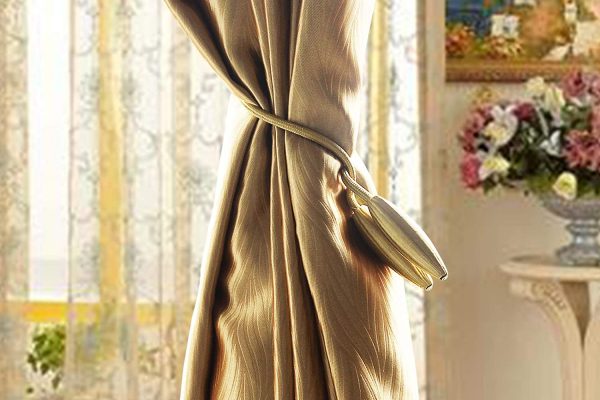
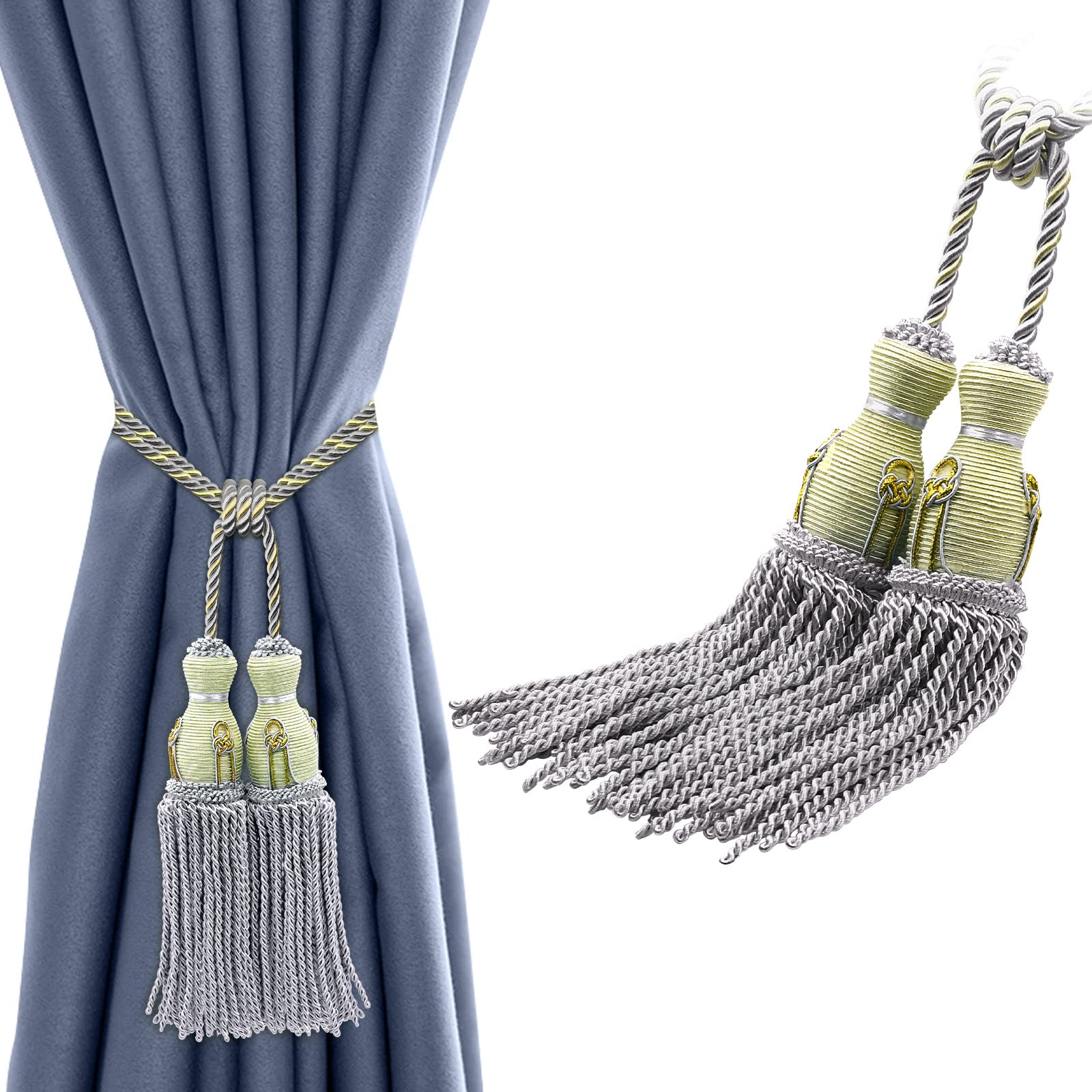
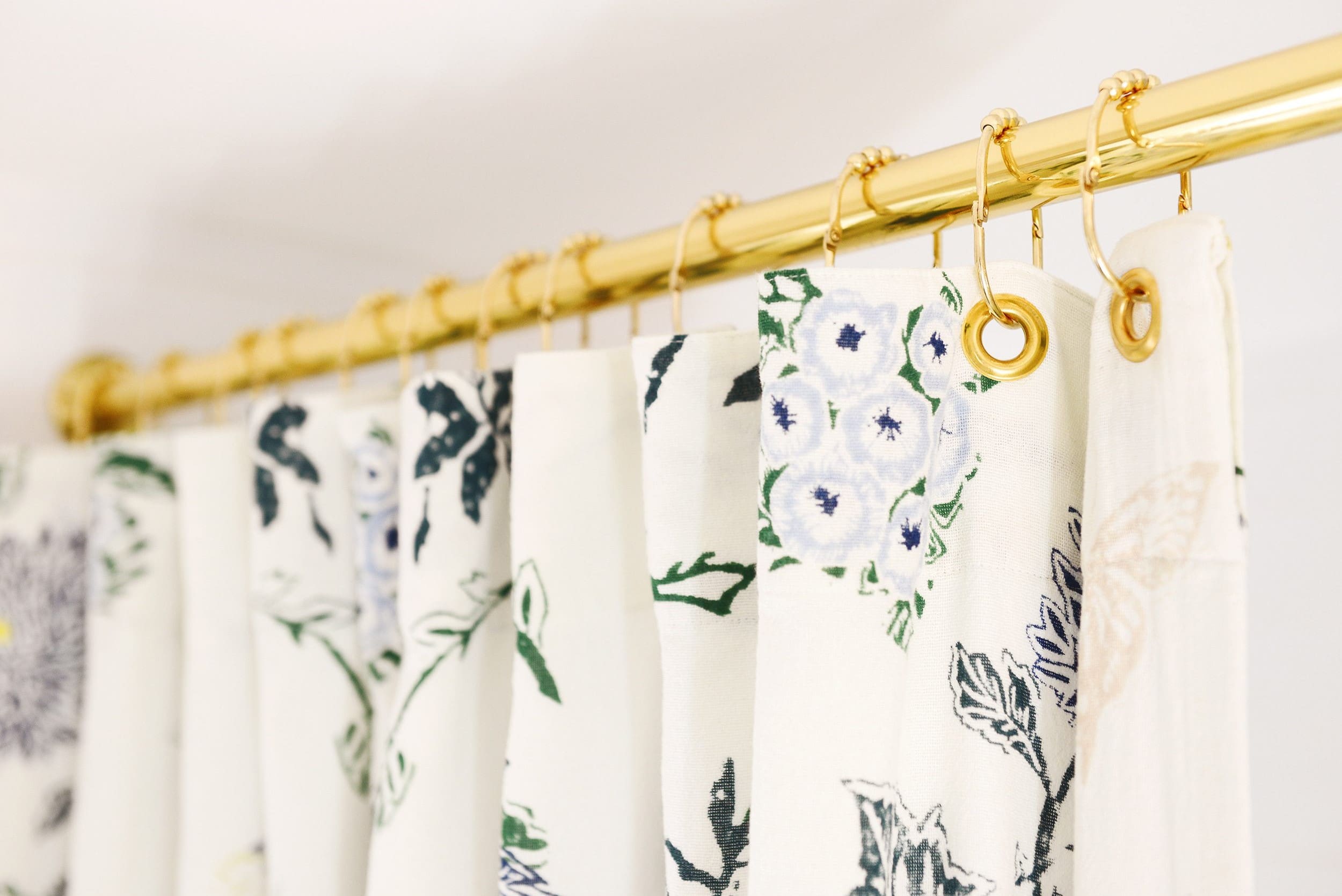
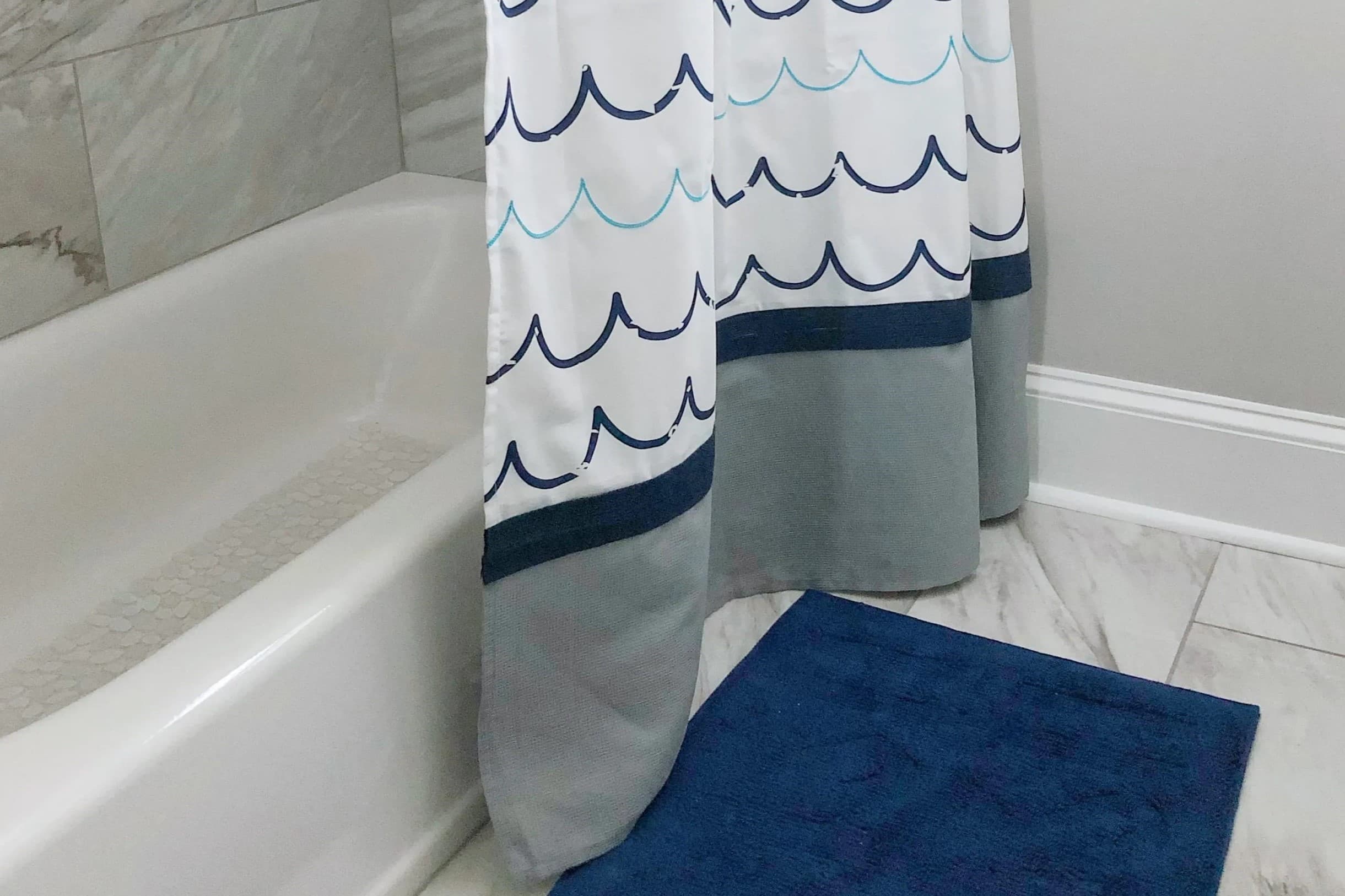
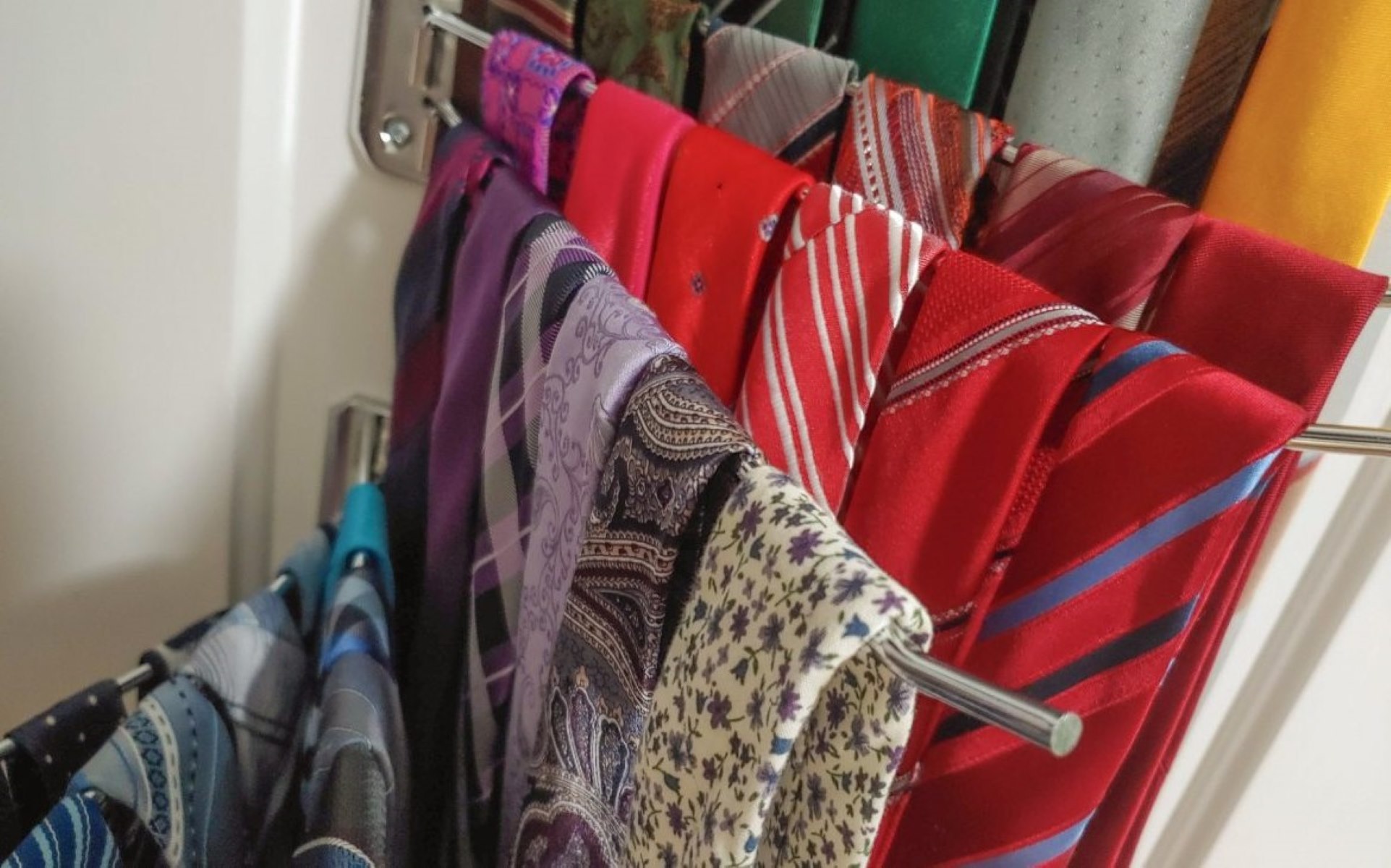
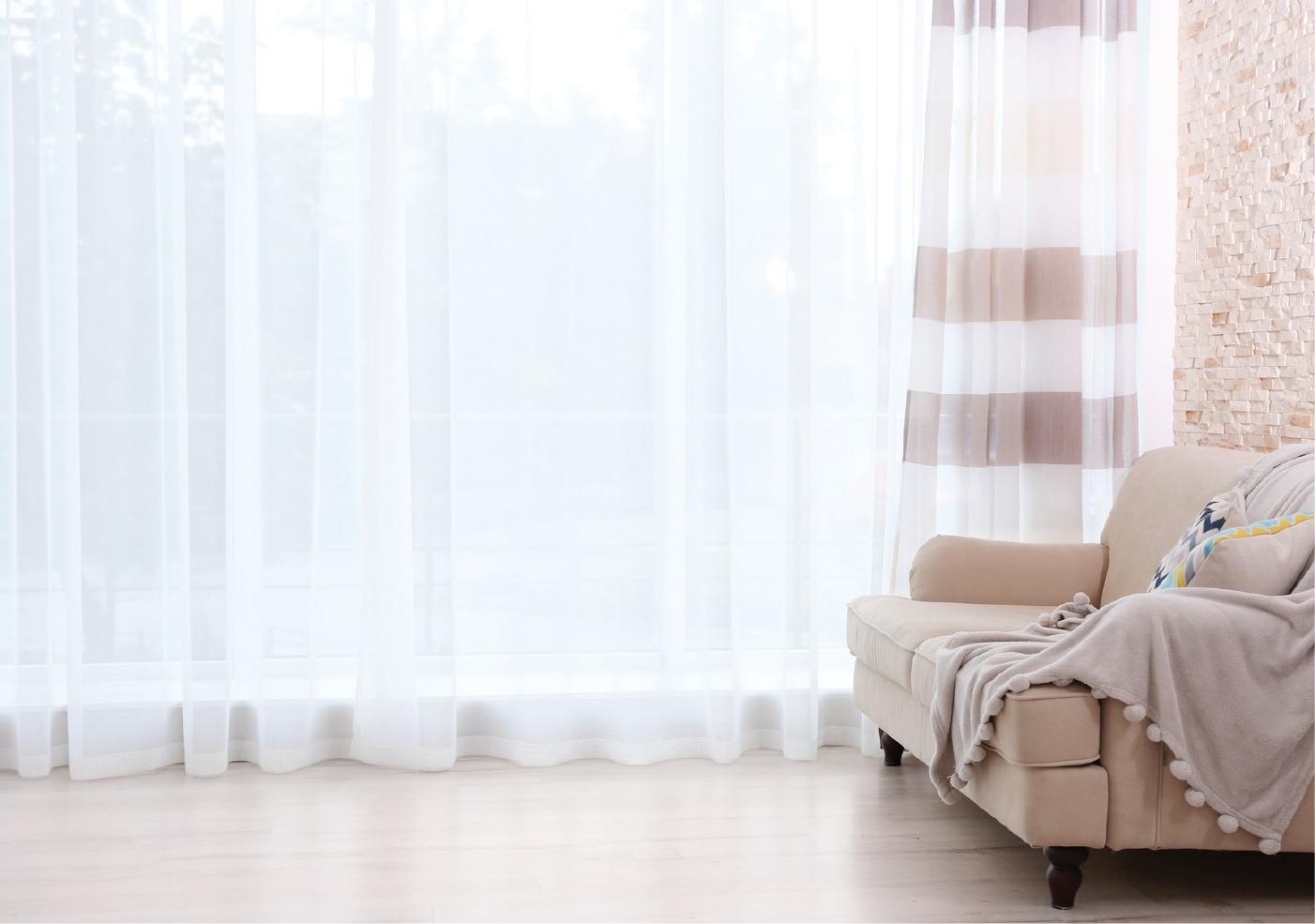
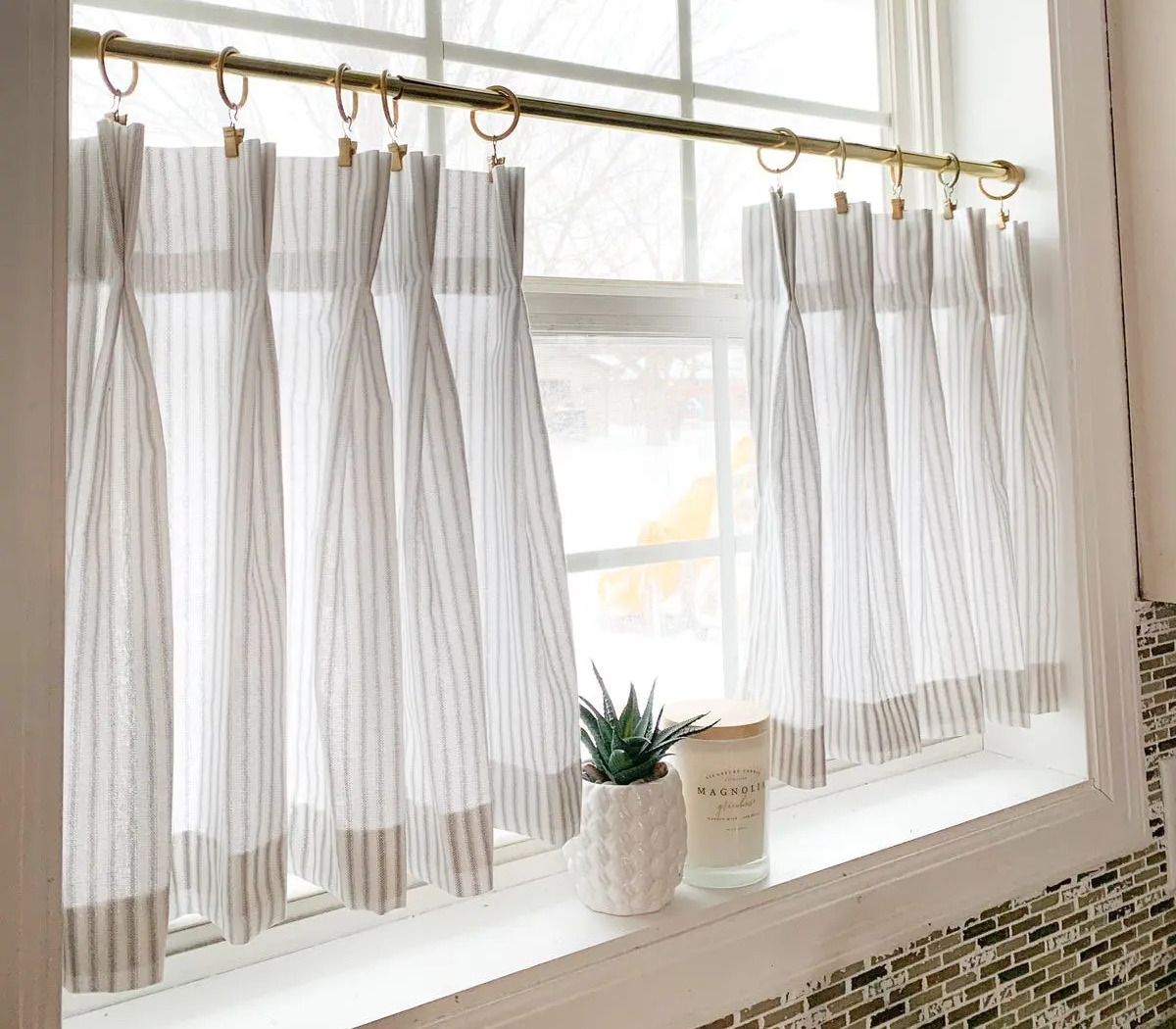
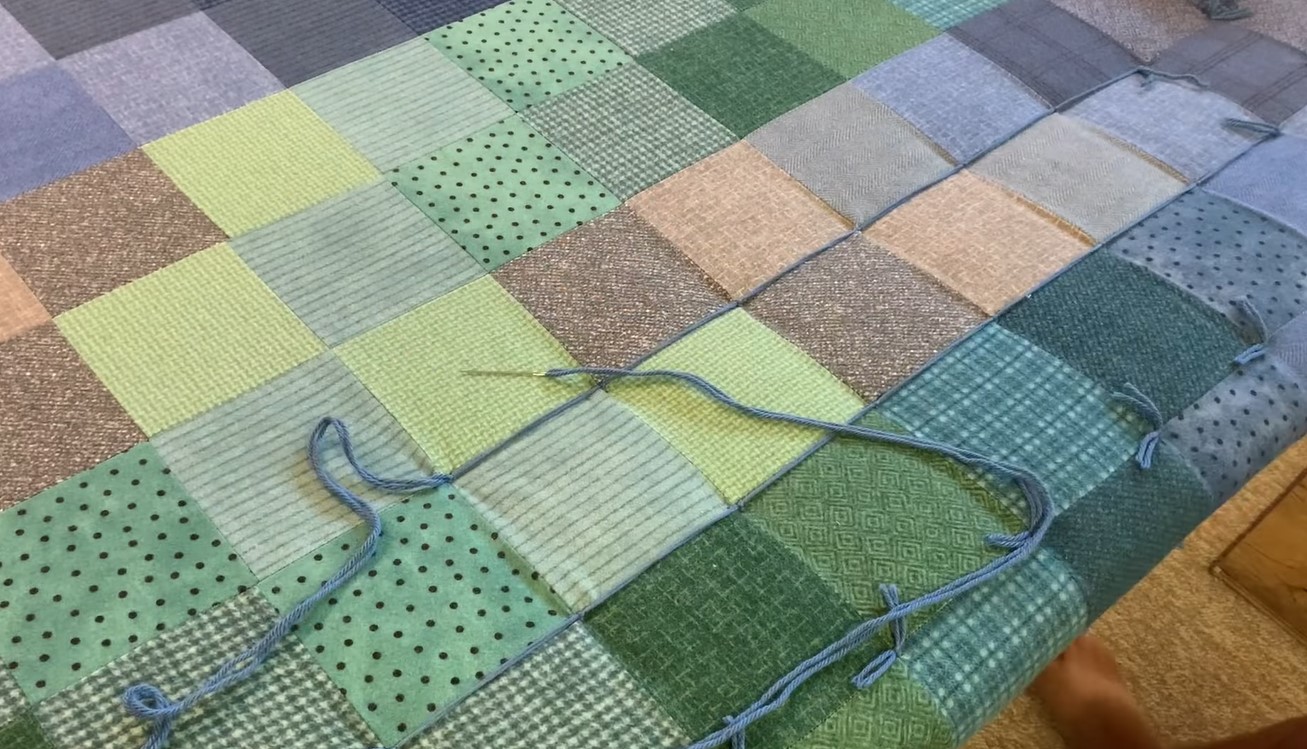
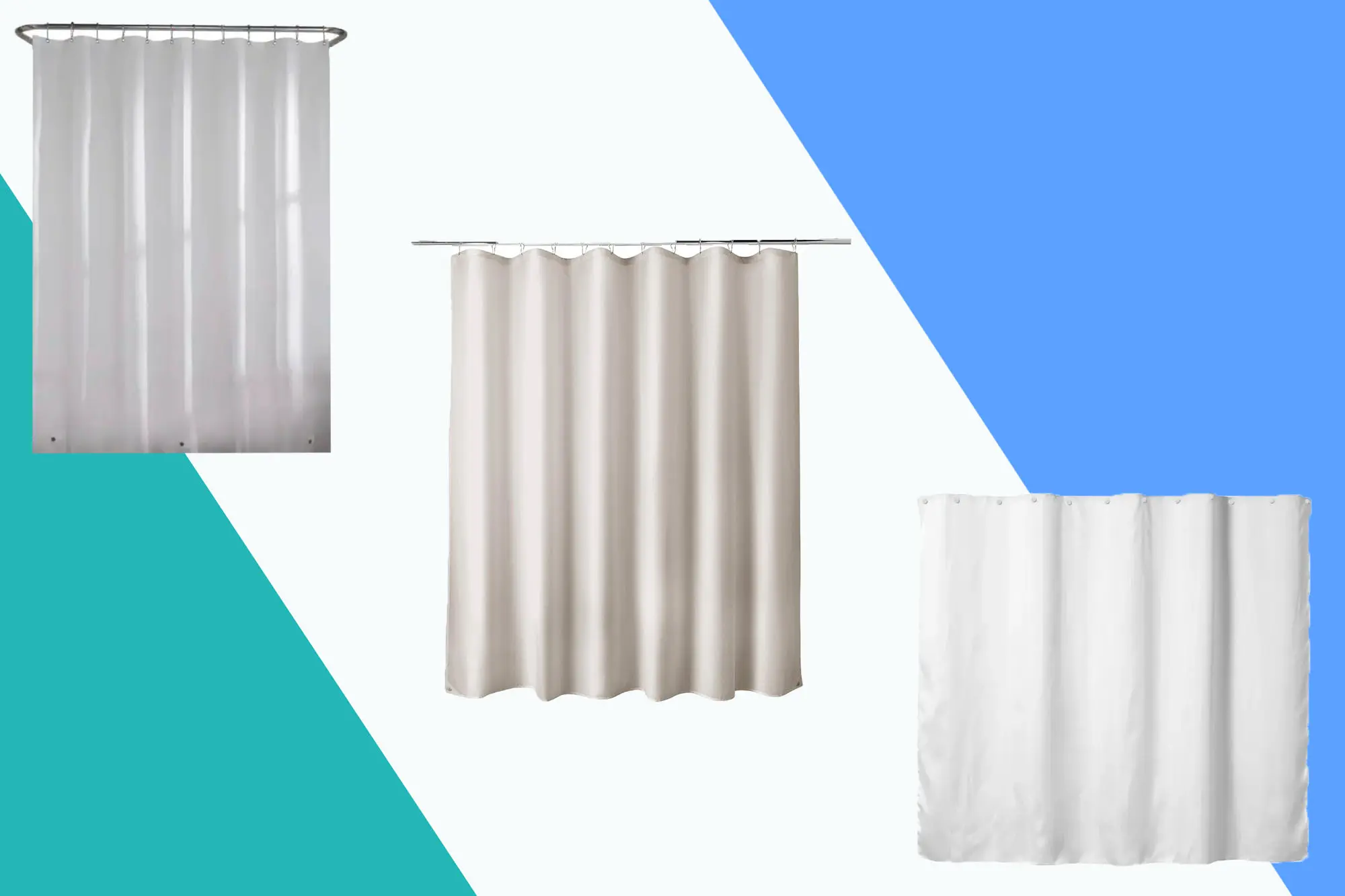
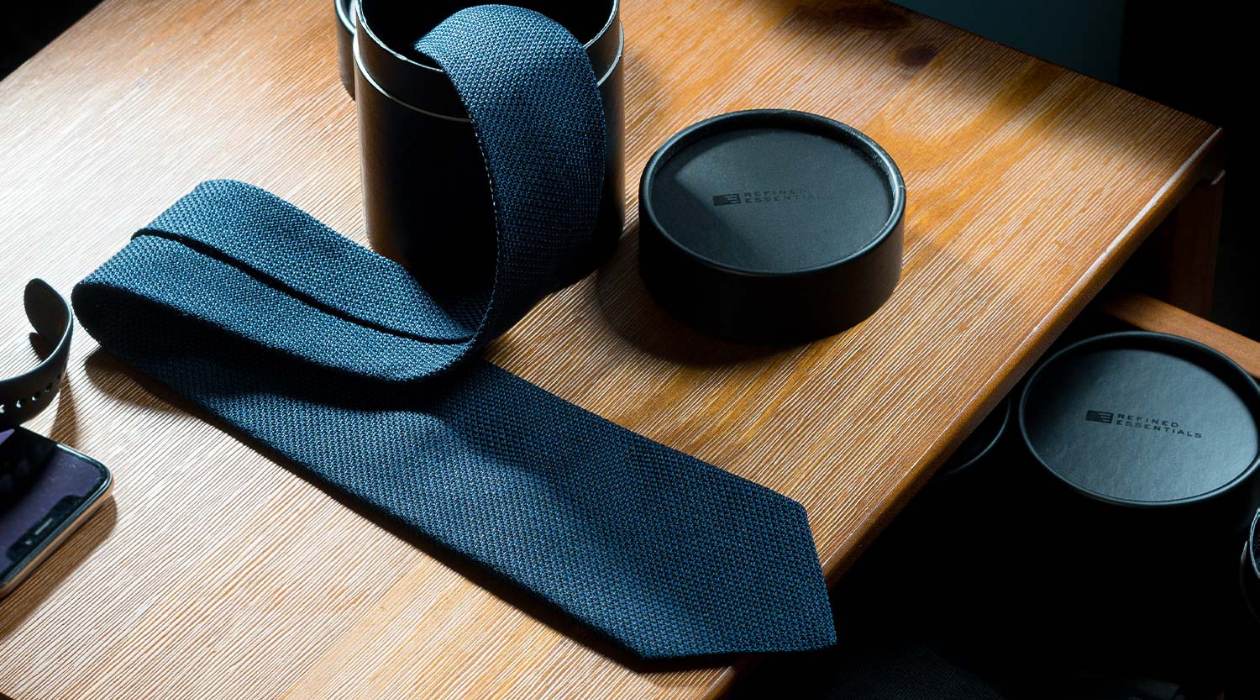
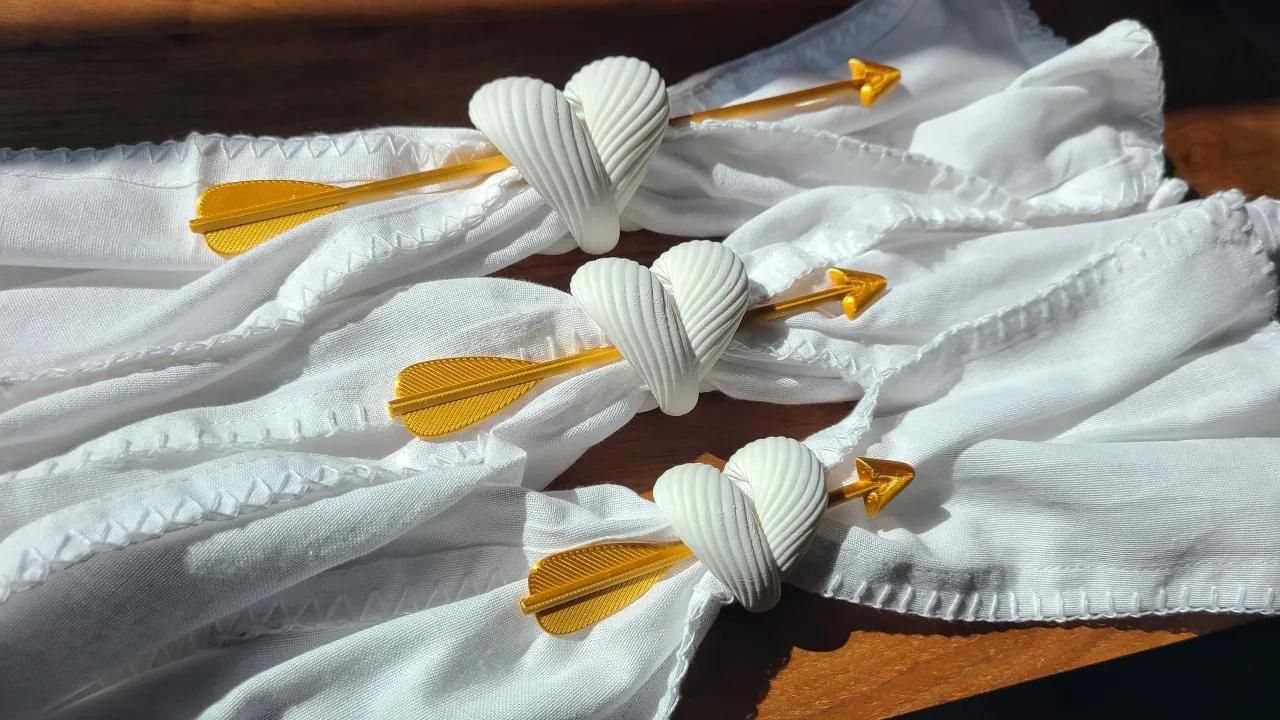
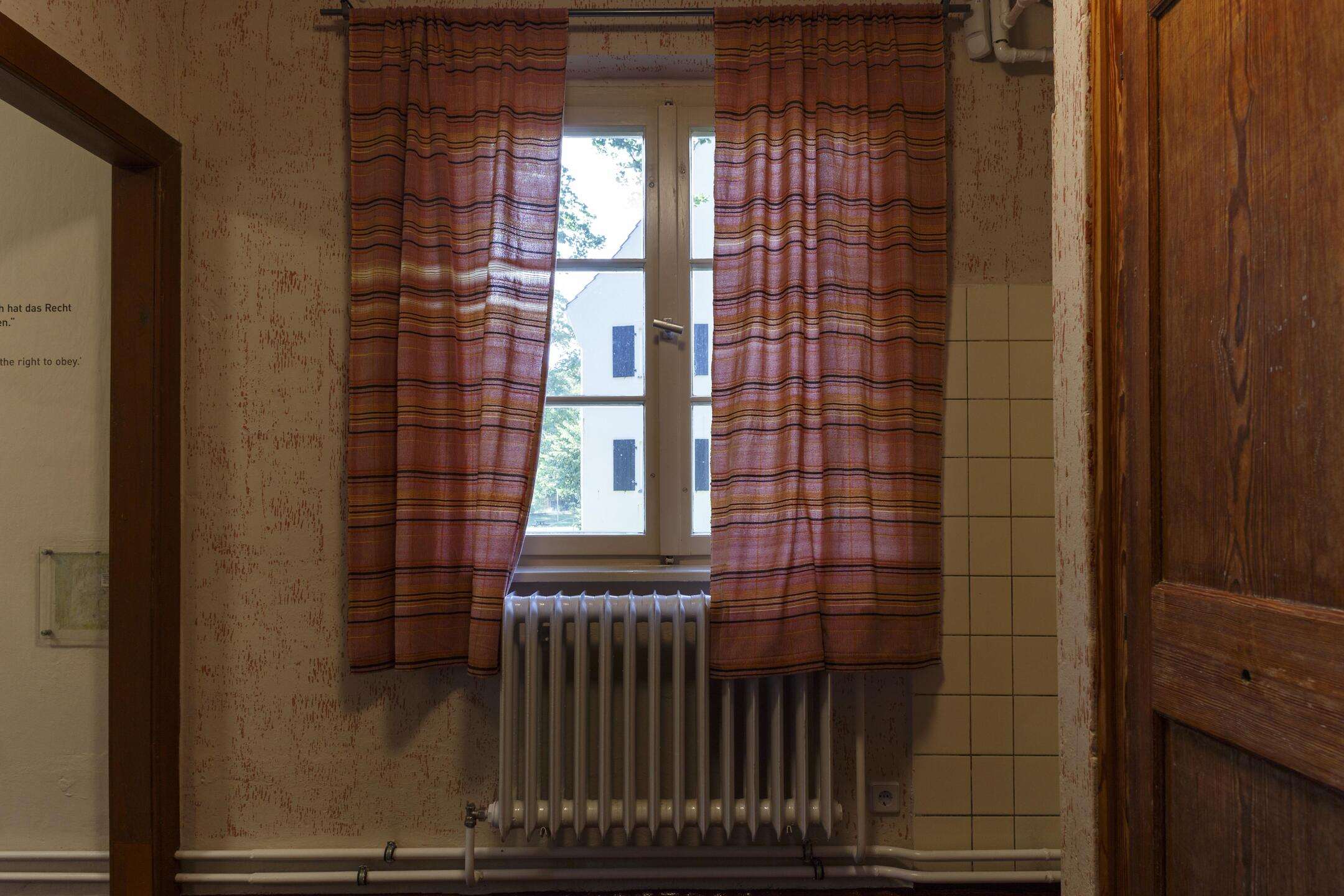
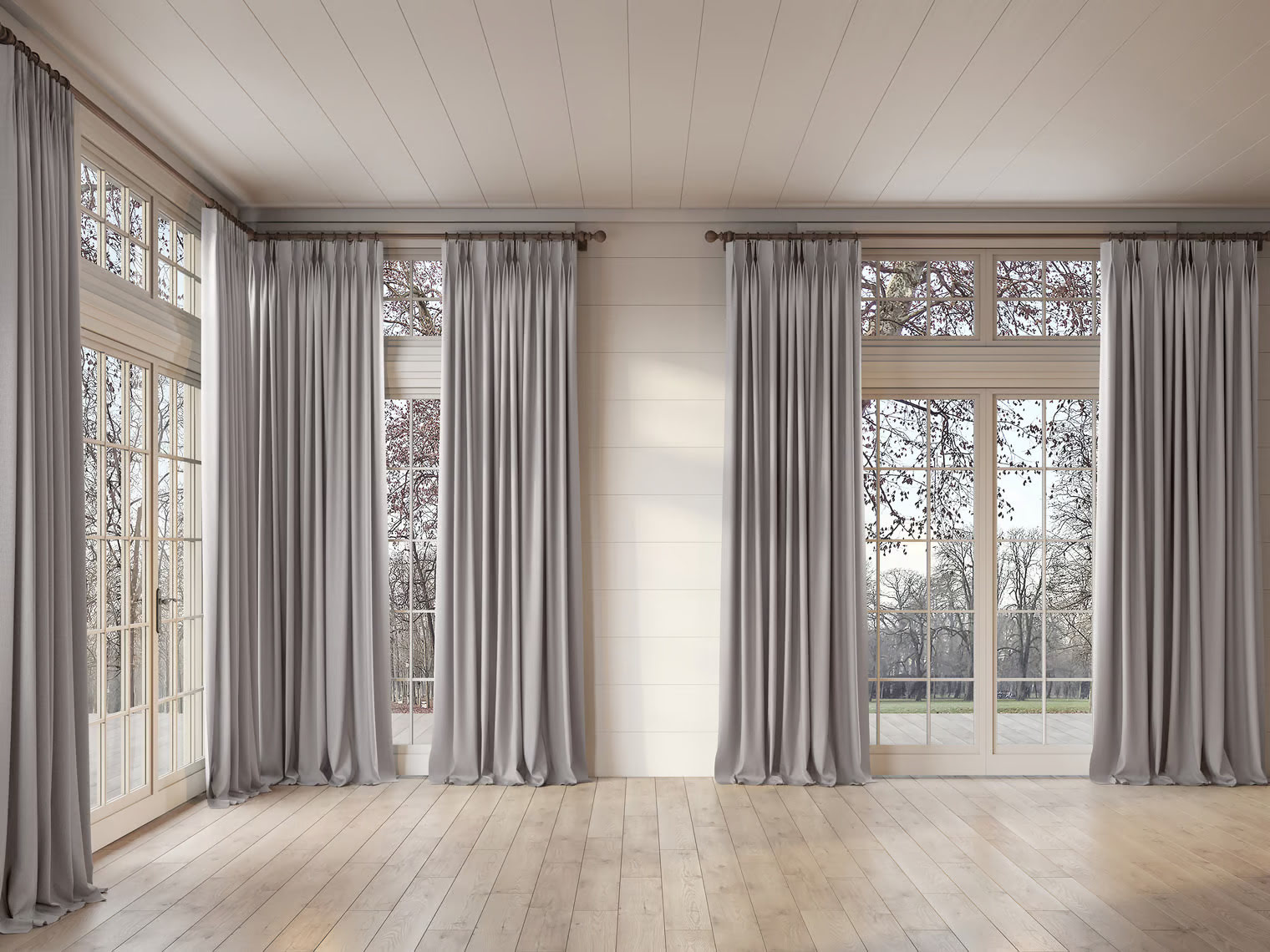

0 thoughts on “How To Tie Long Curtains”